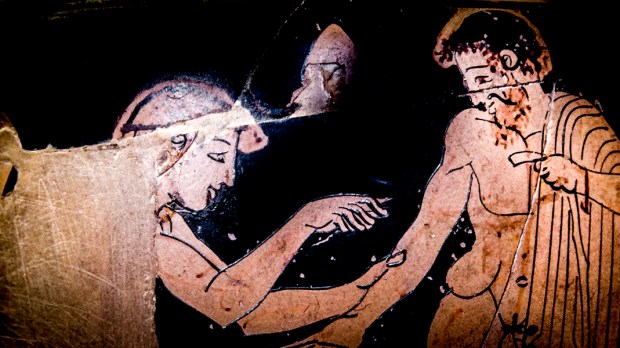A doctor’s prescription for antibiotics to treat a relatively minor but nagging affliction often triggers a sense of gratitude. “Where would I be without modern medicine?” we might ask. The answer may make us shudder: we might not be at all. Even with all of the problems of today, we console ourselves, it’s good to live in the 21st century.
Nonetheless, pre-modern doctors were not completely without resources. From the time of Hippocrates in Ancient Greece, doctors have successfully treated patients with remedies that, in some cases, are still effective today. Here are five that have stood the test of time, according to a BBC report:
Willow
Medicines made from willow bark were prescribed by ancient Egyptians and Greeks as an antidote for pain. In 1899, scientists at Bayer, first introduced aspirin, which was created using the active ingredient in willow bark, salicylic acid.
Besides pain relief, aspirin is now used as a preventative treatment for heart attacks and strokes. Salicylic acid is also used in preparations to clear acne and other skin conditions.
Milkweed
Considered “a good treatment for warts,” according to Nicolas Culpeper’s Complete Herbalist (1826), the sap from the milkweed plant was found to contain ingenol mebutate, which inhibits human tissue from replicating. (Avoiding natural milkweed sap is a good plan today, because it is highly toxic.)
Ingenol mebutate is the active ingredient of Picato, a recently approved drug, used to prevent lesions from turning into skin cancer.
Leeches
During Ancient Greek times, Hippocrates believed that disease was caused by an imbalance “humors” in the blood. The cure for too much of one one type of humor (blood, yellow bile, black bile, or phlegm) was bloodletting, often by applying bloodsucking leeches to the skin.
In the 19th century, bloodletting, often performed by doctors who advertised their product using the red and white barber poles still used today, had reached its peak in popularity.
While bloodletting fell out of favor as advances in medical science showed there was no scientific basis for the theory of the humors, the use of leeches is making a comeback in the most advanced surgical wards.
Hospitals use leeches to drain excess blood after surgery, prevent blood clotting, and to aid postoperative healing of skin grafts or reattached digits and ears.
Snowdrops
The use of galantamine, the active ingredient in snowdrops, was first discovered as a treatment for Alzheimer’s disease by doctors in the Soviet Union in the 1950s. An old Bulgarian folk remedy had long suggested rubbing snowdrops on your forehead to prevent headaches.
Today, galantamine is used to treat Alzheimer’s, myasthenia, myopathy, muscular dystrophy, and other disorders of the central nervous system.
Cow bile
Bald’s Leechbook, a 1,000-year old Anglo-Saxon medical book, includes a description of an “eye salve” made of onion, garlic, wine and cow’s bile.
Today, scientists who recreated the concoction found that it kills Methicillin-resistant Staphylococcus aureus (MRSA) faster than any modern antibiotic.
“Anglo-Saxon remedies don’t have the best reputation, but the idea that Anglo-Saxon medicine is superstition has clouded our judgment,” Dr. Christina Lee, associate professor of Viking studies at Nottingham University, told the BBC.
“We need to get rid of the whiff of homeopathy and give old remedies the credit they deserve.”

